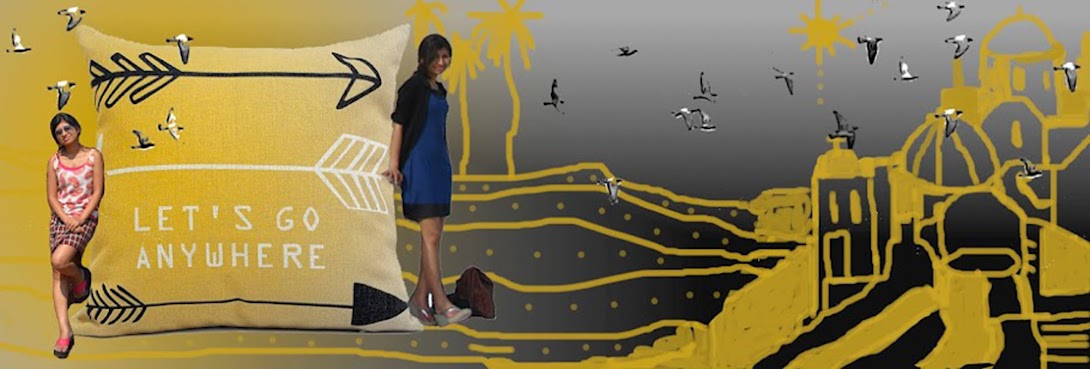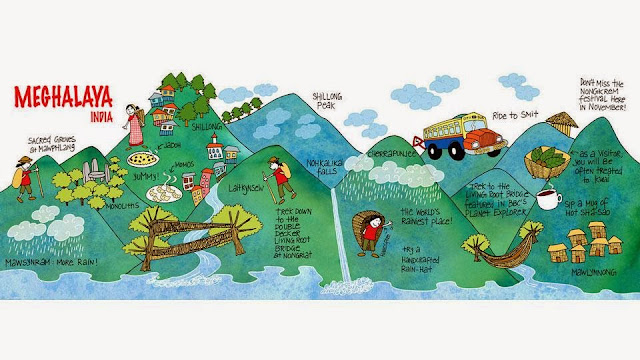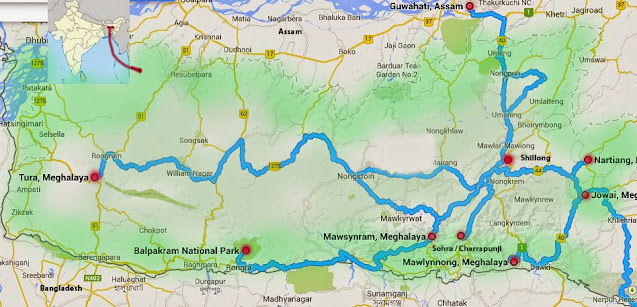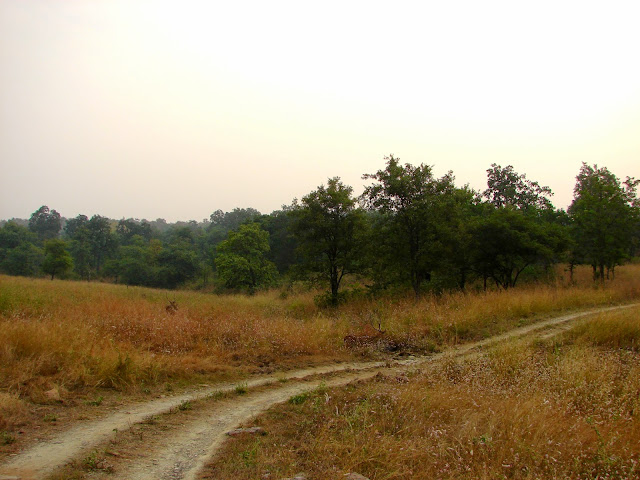 |
| The Lioness Pride in Serengeti National Park |
The 'African Safari' had been on the bucket list for a long time. However, it was way out of my travel budget. This time I decided to just go for it. After COVID-19, decisions have been faster. Who knows what befalls tomorrow, so the thought has been, 'Just DO it today if you want to'. We had only 10 days of vacation time and limited funds, so had to make the most of it within the constraints.
We wanted to experience the Great Migration, hence, late July - Early August was pinned as the travel dates. Unfortunately, almost everything was booked in August and we had to plan around the dates when accommodations were available in Serengeti National Park. The Lesson Learnt: If planning a Safari Trip, plan way ahead. To get good accommodation at a good price, book at least 6 months ahead of the travel dates. We were four months away from our target date and it was truly late!
Our final itinerary included three days in Zanzibar, 4 days in Serengeti National Park, and 2 days were kept for travel. Part of the family flew from Delhi, India to Zanzibar via Mumbai, India, and Dar Es Salaam and part flew from Milan, Italy via Doha, Qatar. Air Tanzania has direct flights to Zanzibar and Arusha from Mumbai via Dar Es Salaam. Now the reason we wanted a direct flight was to avoid the yellow fever vaccination!
Yellow Fever vaccination requirements for Tanzania:
Tanzania is not a Yellow Fever Endemic Zone as recognized by WHO. If one flies to Tanzania directly from a non-endemic zone and flies out directly to a non-endemic zone, vaccination is not necessary. However, it can be taken as a precaution. If taking a flight via an endemic zone, either way, vaccination is mandatory. We had septuagenarians traveling with us who were at high risk of serious side effects if vaccinated and we wanted to avoid it. It is advised that people aged 60+ avoid the yellow fever vaccination. South Africa and Tanzania are not endemic zones and people above 60 can plan their safari trips in these countries. Kenya is an endemic zone, hence Masai Mara was off our list. Please note: In 2022, Tanzania required yellow fever vaccination irrespective of the flight origin or destination when Kenya faced an outbreak. It is always good to check with the Embassy and the air carrier before planning the trip.
Serengeti (including Ngorongoro crater), Tanzania vs Masai Mara, Kenya vs Kruger, South Africa
The top three popular destinations for the once-in-a-lifetime African Safari experience include Serengeti, Masai Mara, and Kruger. It was a tough job deciding which one we wanted to pick as our destination. Here are the pointers we based our final decision on:
1. Yellow Fever Vaccination - It was on the very top of our list. Serengeti and Kruger did not require it. Masai Mara required it. That removed Masai Mara from our options.
2. Flight cost - Flight to Kenya < Flight to Serengeti < Flight to Kruger. Kruger was the farthest from Milan and Delhi and the flight tickets were exorbitantly priced for July/August, which removed Kruger from the option leaving only Serengeti as the choice of destination.
3. Park fees - Krugar < Serengeti < Masai Mara
4. Travel fees within the park - Masai Mara < Kruger < Serengeti. The cost of travel in Serengeti increases because one has to pay for the Ngorongoro Conservation Area fee during entry and exit.
5. Accommodation cost - Kruger < Masai Mara < Serengeti. Kruger has the most affordable hotels and camps compared to the other two.
6. Availability of Accommodation - Serengeti < Masai Mara < Kruger. Serengeti has fewer accommodations compared to the other two.
7. Park size - Masai Mara < Serengeti < Kruger. Masai Mara is the extended smaller part of Serengeti, located in Kenya and it is the smallest of the three. Kruger remains the largest and the only park that can support all the BIG FIVE.
8. Chances of seeing the big five - Masai Mara < Serengeti < Kruger. The highest chance of seeing all the big five is in Kruger. In fact, both white and black rhinos can be easily seen in Kruger while we had a tough time getting a glimpse of a black rhino in Ngorongoro crater.
9. Chances of seeing land migration of Wildebeest and river crossing - Kruger < Masai Mara < Serengeti. Since Serengeti and Masai Mara have vast stretches of savannah plains it's easier to see big herds of animals, particularly during migration.
10. Self-drive safari convenience - Serengeti < Masai Mara < Kruger. The ease of planning a self-driven safari trip is best in Kruger. I don't think it's even possible in Serengeti.
11. Terrain and Landscape - Kruger has a bushy landscape while Masai Mara and Serengeti have vast stretches of savannah grassland. The landscape is more diverse in Serengeti and Masai Mara than in Kruger.
12. Best months to visit - Kruger: May to October; Masai Mara: June to October; Serengeti: January-February and June to September
13. Ease of getting a Visa - South Africa < Kenya and Tanzania. Getting a Visa was pretty simple for Kenya and Tanzania. All three countries have e-visa facilities but friends said South African Visa processing time was longer than the 7-day window of Kenya and Tanzania.
 |
| Great Migration, July 2024 |
 |
| Most Popular African Safari Destinations include the following countries: Uganda, Kenya, Rwanda, Tanzania, Malawi, Mozambique, Zambia, Zimbabwe, Namibia, Botswana, and South Africa |








































